Aviation
Singapore Airlines just unveiled new luxury suites for its Airbus A380
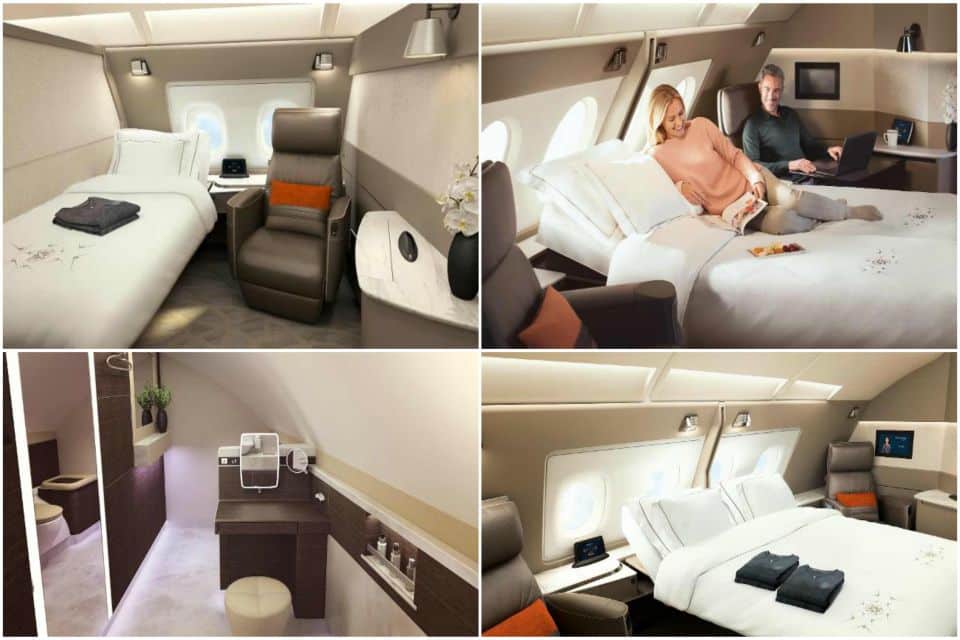
02 November 2017 – Singapore Airlines announced today that its eagerly awaited new cabin products will be fitted to its entire Airbus A380 fleet, including retrofit work on 14 aircraft that are already in service.
The announcement was made today in Singapore at the global launch of the Airline’s new cabin products, which will start entering service next month on the first of five new A380s on order with Airbus. Retrofit work will start in late 2018 on the 14 existing A380s1 that will be fitted with the new products, with all targeted for completion in 2020.
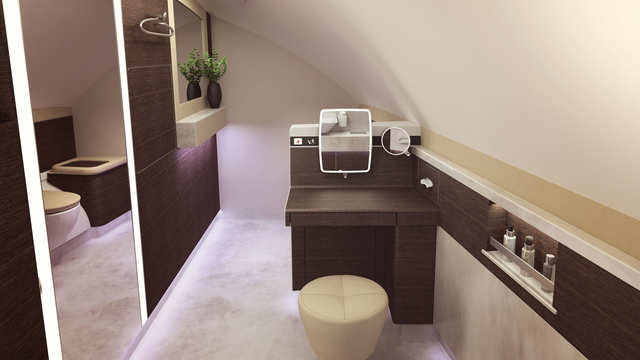
“Singapore Airlines set new industry benchmarks for premium full-service travel when we introduced our first A380s in October 2007. A decade later we continue to receive highly positive feedback about the travel experience on the aircraft,” said Senior Vice President Product & Services, Mr Marvin Tan.
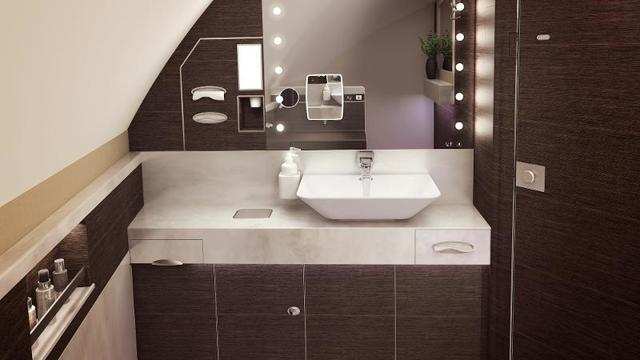
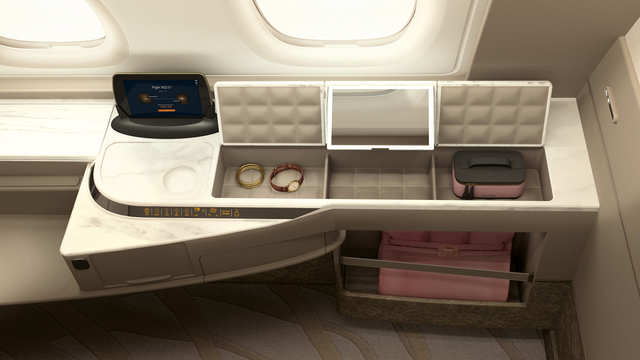
This way couples traveling together can share the space.
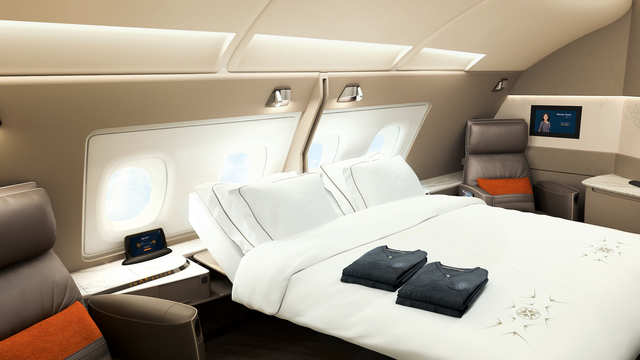
At the front of the top deck are six first new first class suites. Each private suite features a bed and a Poltrona Frau upholstered leather reclining swivel chair. When not in use, the bed can actually be stowed or converted to a sitting location.
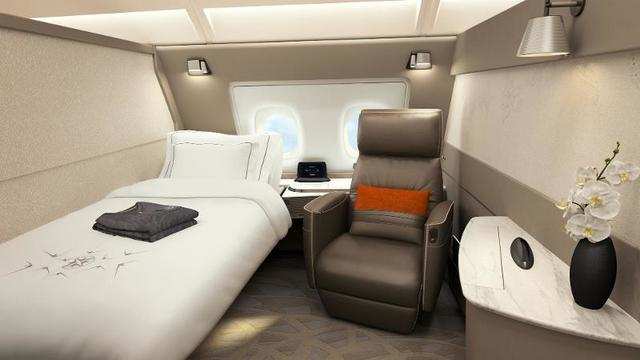
Sharing the upper deck with the suites are 78 business class seats.
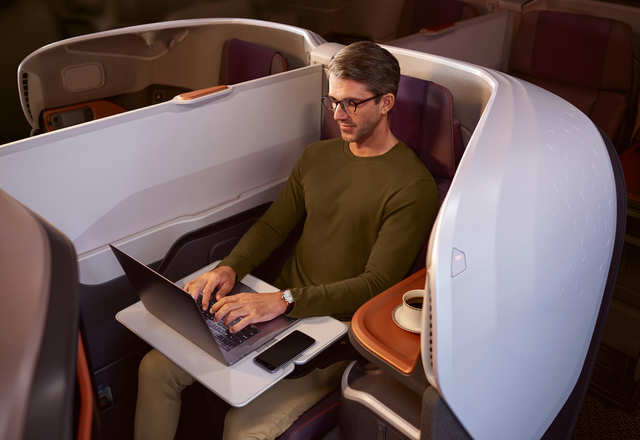
Each business class seat is 25-inches wide with 50 inches of pitch and is cocooned inside a carbon composite shell for added privacy. The seats also convert into a 78-inch long bed. Like the suite, the business class seat is also upholstered by Poltrona Frau.
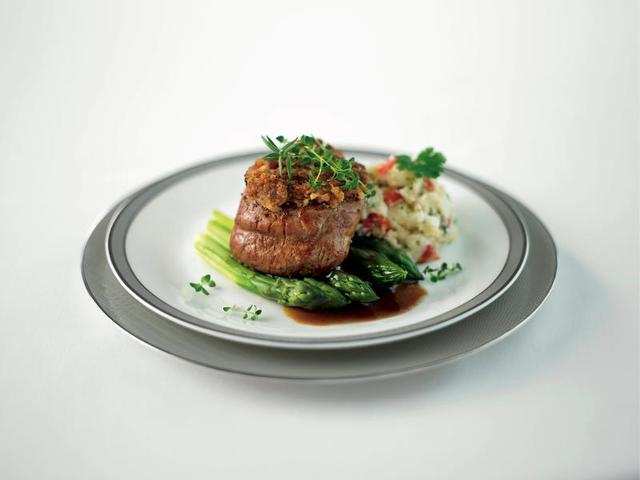
The food is served in the suites are a mix between western cuisine like this lobster thermidor
ANA Unveils the Features of Airbus A380
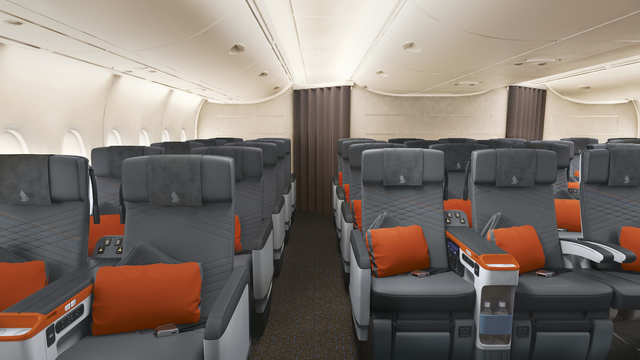
Singapore Airlines officially announced The World’s Longest Commercial Flights
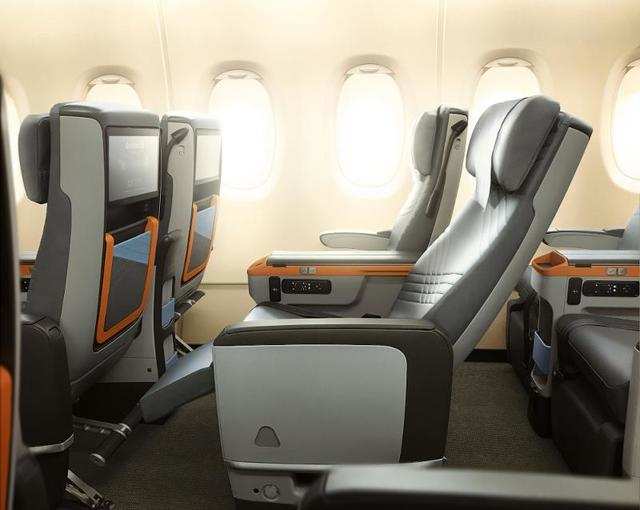
On the main deck of the A380 are 44 premium economy seats.
Singapore Airlines was the launch operator of the A380 when it took delivery of the world’s first superjumbo in 2007. The new aircraft configuration will carry up to 471 customers in four classes of travel, with six Singapore Airlines Suites, 78 Business Class seats, 44 Premium Economy Class seats and 343 Economy Class seats.

Aviation
Why Elon Musk Believes the F-35 Stealth Jet Is Obsolete – Here’s Why
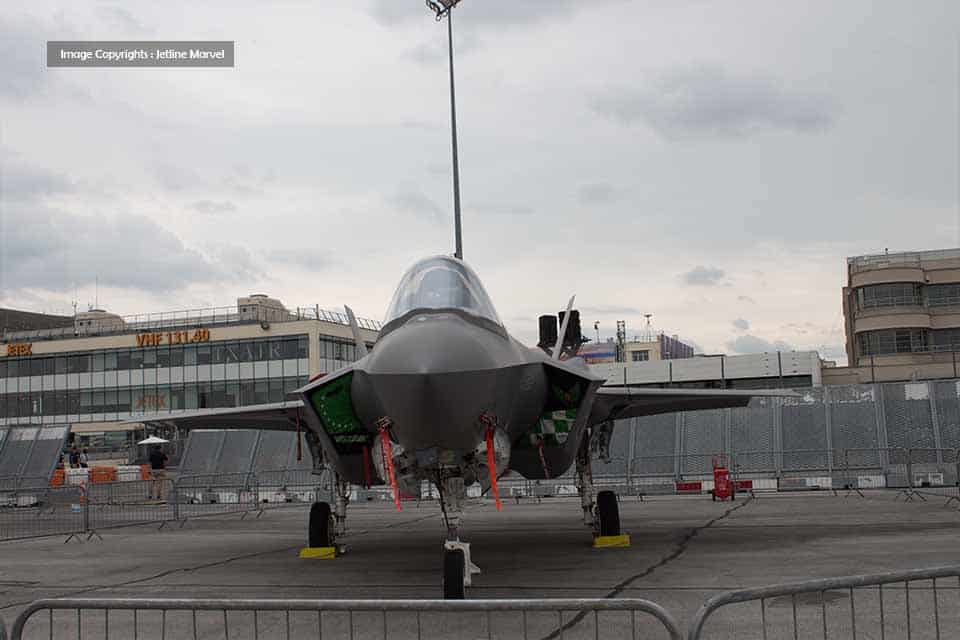
Elon Musk, the tech billionaire known for his innovative thinking, has set his sights on the U.S. Air Force’s F-35 fighter jets, calling them “obsolete” and unfit for modern warfare.
In a series of posts on his social media platform X (formerly known as Twitter), Musk has argued that fighter jets, particularly the F-35, are outdated in an era dominated by drones and AI-driven combat systems. His remarks, which have ignited intense debate, suggest that the U.S. military should shift focus toward low-cost, unmanned aerial systems (UAS) rather than continuing to invest in expensive, manned jets.
Musk’s blunt criticism, which led to a 3% drop in Lockheed Martin’s stock, isn’t just a swipe at one military program—it’s part of his broader vision for the future of warfare. According to Musk, drones are the way forward, offering cost-effective, flexible, and increasingly autonomous platforms that can outperform traditional fighter jets in modern combat scenarios.
Drones: The Future of Warfare
Musk has consistently championed the development of remote-piloted combat systems over traditional fighter jets, claiming that the days of manned aircraft are numbered. He highlights the rise of drone warfare as a pivotal shift in military strategy.
Drones, Musk believes, not only offer a more cost-effective approach to air combat, but they also allow for greater speed in innovation. His argument is simple—drones are cheaper, safer, and capable of performing coordinated missions with minimal human oversight.
In contrast to the F-35’s $80 million price tag, small drones used in the Russia-Ukraine conflict have cost anywhere from $10,000 to $50,000 each. Musk suggests that, given the escalating costs and complexity of traditional fighter jets, drones provide a much better return on investment. By removing the human element, drones eliminate the risks faced by pilots and allow for large-scale, swarming operations that can overwhelm traditional defense systems.
The F-35 program, one of the most ambitious and costly military projects in history, has long been a target for criticism. Designed as a multi-role stealth fighter, the F-35 was intended to meet a wide range of military needs, from air-to-air combat to precision strikes.
However, the program has been plagued by cost overruns, delays, and technical challenges. Despite these setbacks, the F-35 remains a cornerstone of the U.S. and allied air forces, largely due to its advanced stealth technology, sensors, and interoperability with other defense systems.
Critics, however, argue that the F-35 is over-designed to meet too many requirements, making it an unnecessarily complex and expensive system.
Musk’s Vision for the Future
Musk’s call to replace piloted fighter jets with AI-driven drones isn’t just about cutting costs—it’s about rethinking the way we approach air combat. With the growing role of Unmanned Aerial Systems (UAS) in conflicts around the world, from reconnaissance to precision strikes, it’s clear that the battlefield is evolving. Drones have already proven their value, offering flexible, highly adaptable solutions that are reshaping military operations.
-

 Aviation2 months ago
Aviation2 months agoMicrosoft Flight Simulator Raises $3 Million to Bring Back the An-225 Mriya
-

 Airlines2 months ago
Airlines2 months agoQatar Citizens Can Travel to the United States Without a Visa
-

 Aviation2 months ago
Aviation2 months agoQatar Airways bans these new Electronic Devices on plane
-

 Defence2 months ago
Defence2 months agoWhich Country Has the Largest Fleet of Fighter Aircraft?
-

 Airlines6 days ago
Airlines6 days agoDAMAC Air: Dubai’s New Luxury Airline Offers Free Flights for Registration
-

 Airport2 months ago
Airport2 months agoWestern Sydney Airport Welcomes Its First Plane After 6 Years of construction
-

 Airlines5 days ago
Airlines5 days agoAir India to Launch aircraft maintenance training institute in Bengaluru
-

 Aviation2 months ago
Aviation2 months agoDid you know ? Once Boeing 747 carried 1088 passenger in 1991








